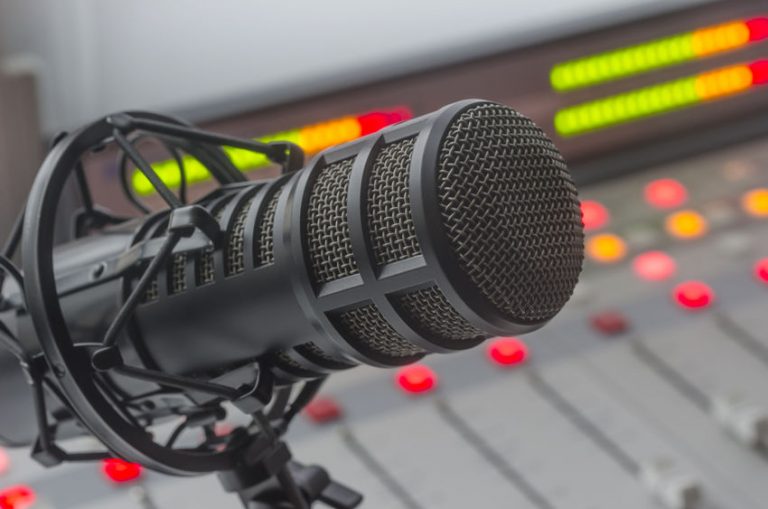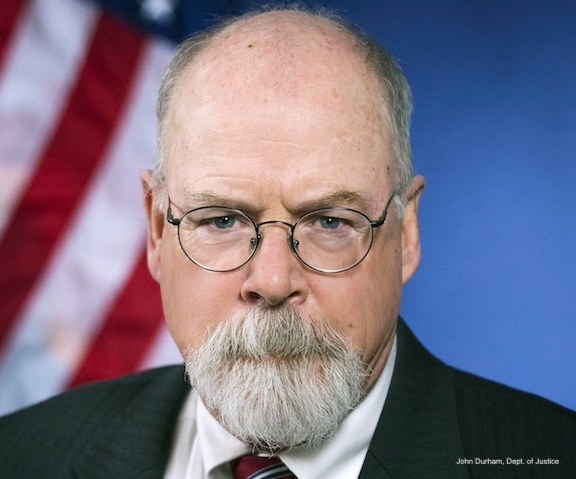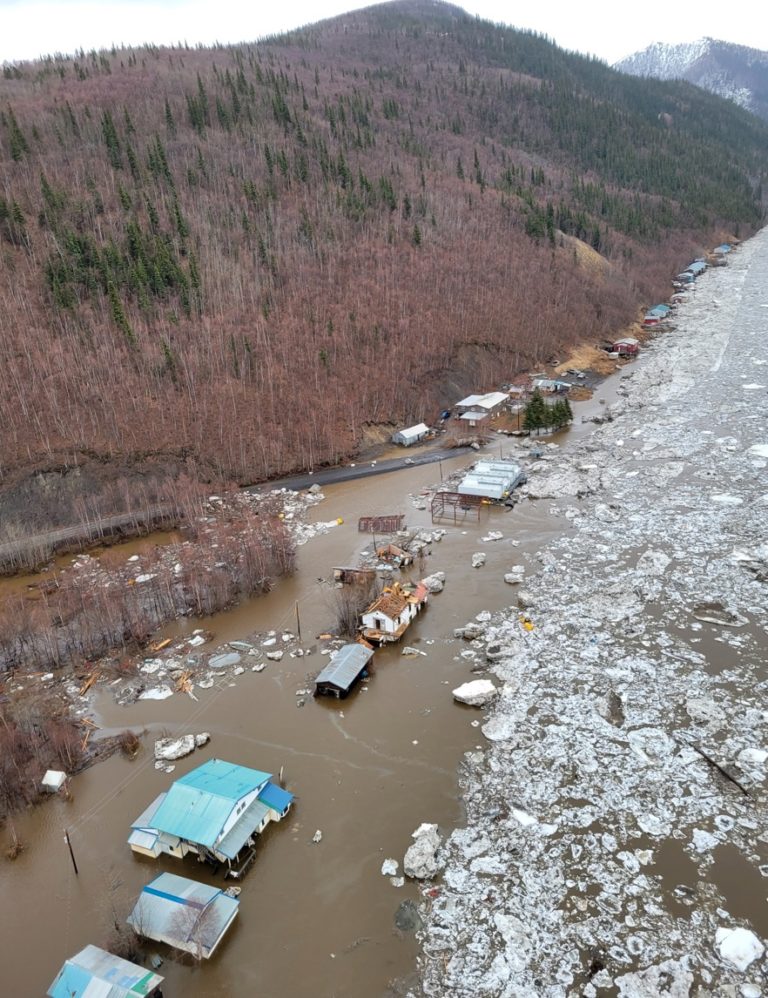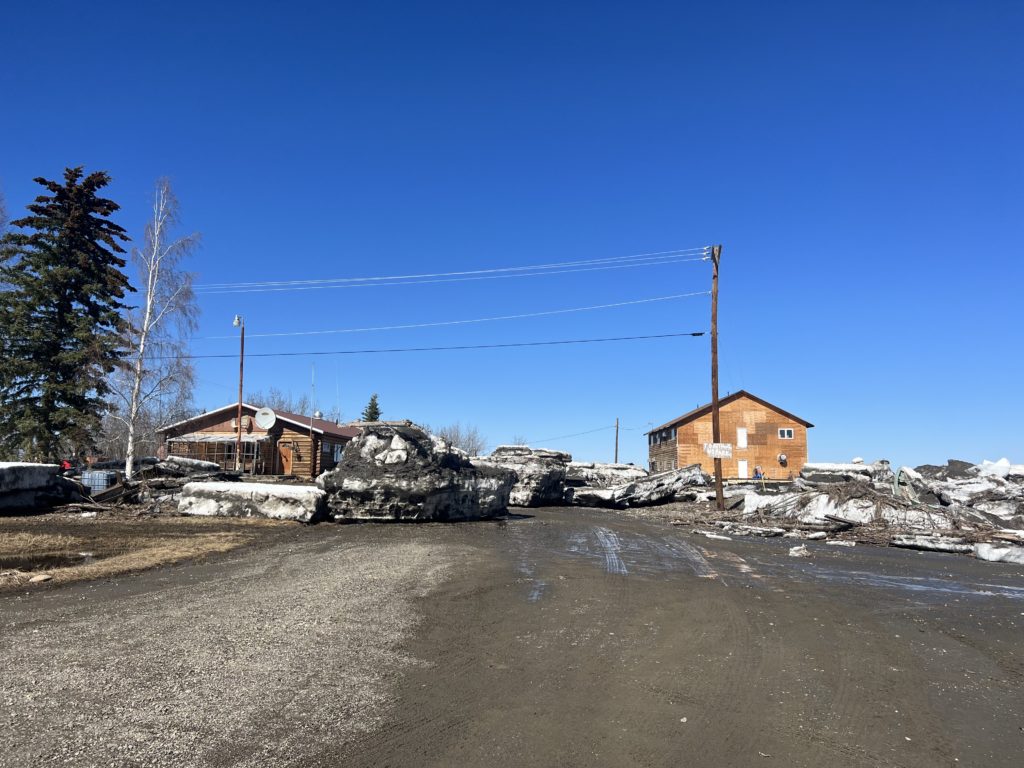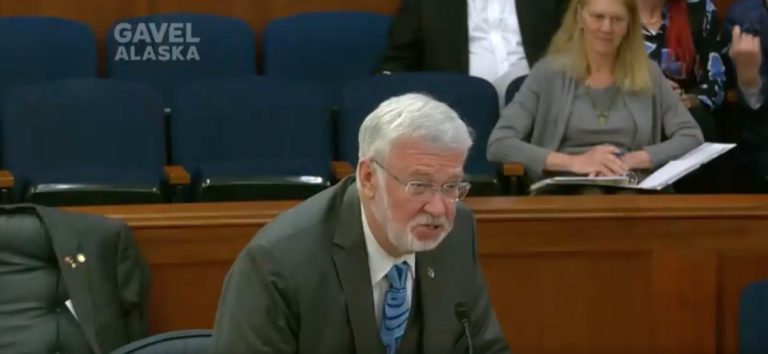By RAY KREIG and LIZ VAZQUEZ
If the takeover of the Chugach Electric Association Board by Outside-funded activists succeeds, get ready to pay much, much more for your power and light. The extreme climate activists want access to the $350 million/year paid by customers’ bills to fund their agenda.
What to do about it?
For one, pay attention to the Chugach Electric Association elections now underway until May 19.
In the Anchorage Bowl, you have no choice but to buy your power from Chugach, which is a state-granted monopoly. As a member-owned cooperative, the character of the directors you elect will decide whether Chugach, 1) deceives you with fantasies of “free” power from the sun and wind (heavily subsidized with reduced PFDs and higher taxes) or 2) is competently managed with wisdom and real care for the utility customer-owner’s best interest: Supply electricity at a cost no higher than necessary!
Voting in the Chugach Electric elections is your only way to shop for lower cost power.
Don’t think that the monthly Chugach Electric bill you must pay is the only expense affected by who is elected to the Chugach board with your vote. You are paying twice or three times what you see on that bill because enormous electric costs are paid by government, your employer and stores. These are passed on to you as higher prices (especially for food), higher taxes, and reduced PFDs, wages, and jobs. Jobs are lost because high electric rates make Anchorage less competitive and force many businesses to shrink, close, or never even get started.
High utility rates hurt low- and fixed-income customers the worst.
There are three open seats. We recommend that you vote for Bettina CHASTAIN, Harold HOLLIS, and Brad AUTHIER. Vote no on the Round Up Program Bylaw.
Press here to vote electronically! Deadline to vote is 2 pm Friday May 19.
How high could rates go?
National average electricity costs are now 12.8¢/kwh; Alaska’s statewide average is 21.0¢/kwh, (US EIA, Feb 2023). A Chugach home using ~740 kwh/month would now be paying about 22¢/kwh.
Rates have exploded in the last few years in many states:
New Hampshire – 16 to 26¢/kwh (63% up)
Maine – 13 to 20¢/kwh (54% up)
Connecticut – 18 to 27¢/kwh (50% up)
Massachusetts – 17 to 25¢/kwh (47% up)
California – 15 to 22¢/kwh (47% up)
Hawaii – 30 to 41¢/kwh (37% up)
Rhode Island – 17 to 23¢/kwh (35% up)
Why Are These Rates Soaring?
In some states, irresponsible green energy mandates are in various stages of implementation, swamping electric utility customers. In others, greens oppose beneficial electric transmission lines as well as new natural gas production and the pipelines necessary for electric generation at reasonable fuel cost.
And this is just what many radical green energy advocates want. They welcome extremely high energy utility rates (electricity and natural gas), which are convenient to make expensive solar and wind projects look less wasteful. It’s part of their bigger agenda of forcing users into lifestyle changes, including more use of bicycles, buses, and electric vehicles.
In Alaska, greens are demanding similar moves to increase energy costs.
The Alaska Center (for the environment) and the Renewable Energy Alaska Project have endorsed and they and allies are heavily funding three candidates for the Chugach Electric board in this election. The candidates the Alaska Center is pushing are in favor of what is called a Renewable Portfolio Standard.
This Renewable Portfolio Standard is a skillfully designed, back-door, below-the-radar scheme that will escalate electricity costs and be very harmful to Railbelt electric utilities and consumers. It’s been introduced in the Legislature and would force Chugach Electric into an unreasonable 80% renewables generation by 2040, requiring $2 to $3 billion in costly transmission system upgrades to use power from intermittent, renewable power sources.
Additionally, it provides for confiscatory fines that could well bankrupt Chugach Electric. It also fails to recognize viable alternative carbon reduction measures and other clean energy solutions.
In contrast, consider a state that has reformed its electricity market and mandated competition for most of its urban and suburban areas: Texas statewide average electric cost is only 10.5¢/kwh (US EIA, Feb 2023).
Candidates we support
As former Chugach Electric Board Chairs ourselves we endorse:
These candidates running as the Chugach Stability Team that DO NOT support the RPS above and believe that enforcing these standards on utilities in Alaska is the wrong approach to integrating renewable energy into the current Railbelt grid.
- Reelect Bettina Chastain – Current Board chair, engineer, executive, business owner.
- Reelect Harold Hollis – Current Board treasurer, engineer, executive, business owner
- Elect to the vacant seat Brad Authier – Engineer, business owner, environmental consultant
Chugach rates started skyrocketing from 50% above national averages in 2012 and 2013 until they plateaued in 2017 at over 100% above national averages. Bettina Chastain was chosen board chair in 2018 and Harold Hollis began his board service the same year. After that, rates didn’t further escalate. Our recommendation is that both these board officers be continued. They have important experience and are clearly qualified.
They are not politicians or activists and are funding all of their own campaign costs themselves. They are engineers with technical backgrounds who have successfully owned, grown and managed successful companies here in Alaska.
Candidates we oppose
The three Alaska Center- and REAP-endorsed candidates have little or no real business experience (a political operative, a climate activist, and the current REAP board chair), nor do they have the technical degrees or backgrounds logically required for any director expected to competently provide governance over your $2 billion electric cooperative.
Outside special interest money is heavily funding these candidates and two members of the Chugach Board (Sam Cason and Mark Wiggin) are working behind the scenes to take over the cooperative with a new pro-RPS majority bloc.
The three AkCenter/REAP candidates have similar agendas and allegiance to these organizations, and they are all ultimately driven to implement an extreme, political, climate activist agenda utilizing the cooperative’s $multimillion ratepayer base to fund their ideology and push through the RPS as quickly as possible.
- Jim Nordlund – Board chair, Renewable Energy Alaska Project (REAP). Former IBEW union backed Chugach Electric board member.
- Susanne Fleek-Green – Mayor Ethan Berkowitz chief of staff, campaign manager; Sen. Mark Begich, campaign manager.
- Shaina Kilcoyne – Believes traditional energy use and development needs to stop now. Was Mayor Berkowitz’ energy and sustainability manager; Sen. Mark Begich’s, campaign worker.
On May 11, Chugach Electric quit its membership in REAP because REAP endorsed board candidates, which violated Alaska Statutes prohibiting use of cooperative funds in board elections.
Want more information?
See Chugach Consumers Candidate and Situation Analysis.
Conclusion
Chastain, Hollis and Authier will be the best choices for the Chugach membership.
Ray Kreig and Liz Vazquez are both former chairs of the Chugach Electric Association Board of Directors
